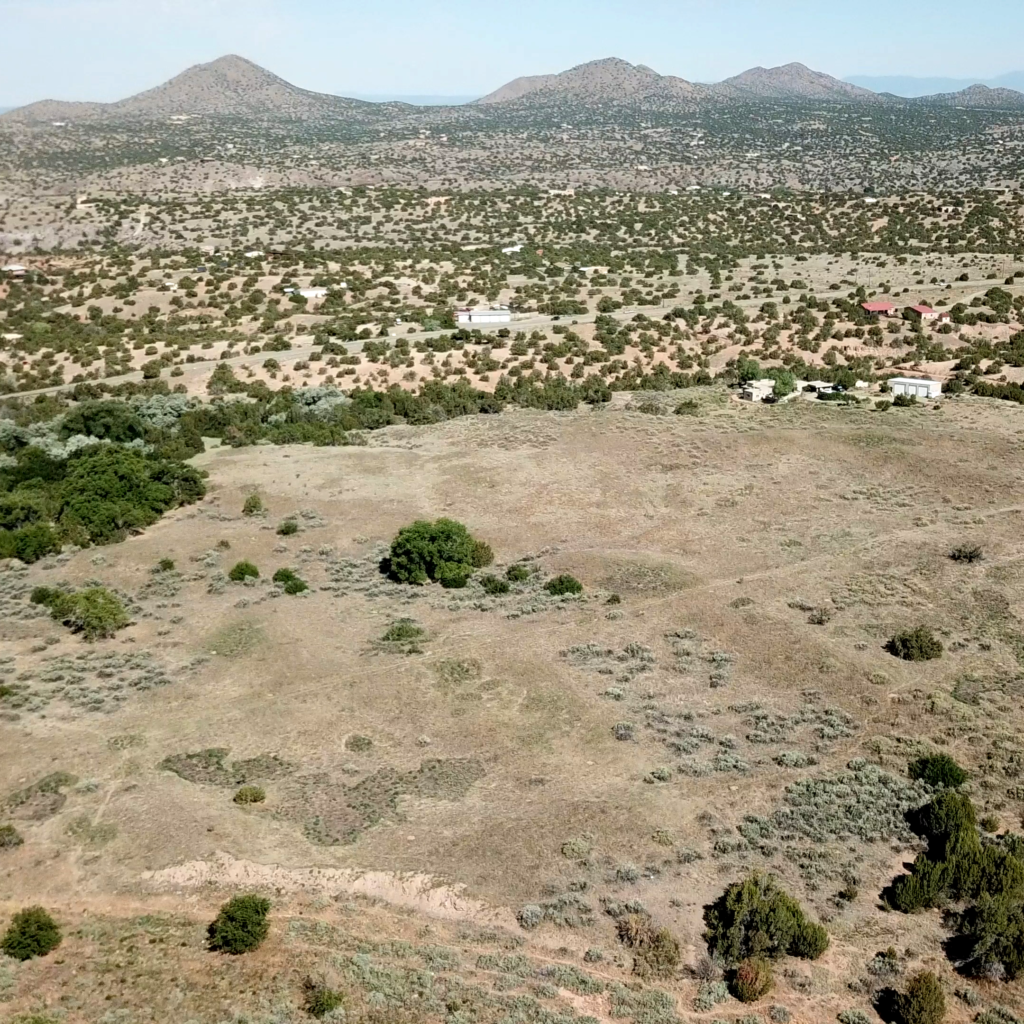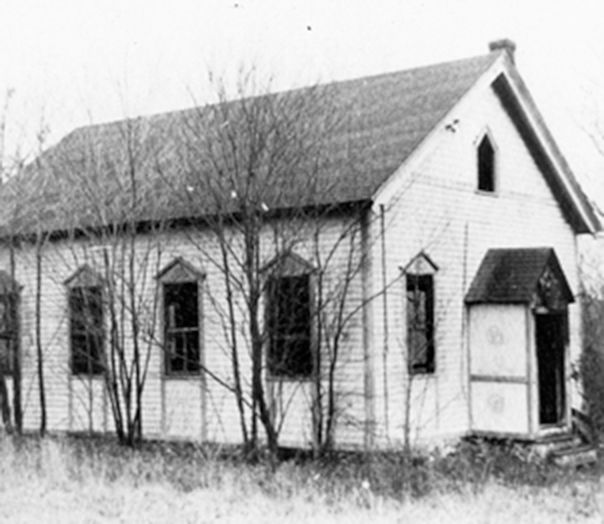The Archaeological Conservancy is the only national, nonprofit organization that identifies, acquires, and preserves the most significant archaeological sites in the United States. Since its beginning in 1980, the Conservancy has now preserved 585 sites across the nation, ranging in age from the earliest habitation sites in North America to a 19th-century frontier army post.
We are building a national system of archaeological preserves to ensure the survival of our irreplaceable cultural heritage.




















